Final Fantasy is perhaps Square Enix’s most beloved role-playing game franchise. The first game released in 1987 for the Nintendo Entertainment System, and the popularity of series has only grown over the past 29 years. A great deal of attention is on the newest chapter, Final Fantasy XV, which launches this fall, but fans were able to enjoy an all-new experience last summer when Final Fantasy Brave Exvius launched for mobile devices.
The free-to-play Final Fantasy Brave Exvius stands out as the first game in the franchise to be built from the ground up for mobile devices. Although the latest Final Fantasy games for console systems sport cutting-edge 3D graphics, Brave Exvius uses 2D graphics that are reminiscent of the first six games of the series, giving it a classic feel. In fact, as the game’s producer explains, one of the original designers from the first game supervised the artwork Brave Exvius.
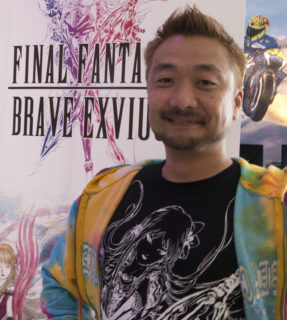
Hiroki Fujimoto, producer for Final Fantasy Brave Exvius, spoke to [a]listdaily through a translator to talk about bringing the popular franchise to smartphones.
When asked about how a mobile game captured the feel of the Final Fantasy experience, Fujimoto explained how even though this was a free-to-play game, all the elements of the main role-playing (RPG) game—their essence—can be found in it. There’s an original story and a world with dungeons and towns to explore, so it has the full feel of an RPG.
One of the big challenges in developing a Final Fantasy mobile game, compared to a console game, were in the controls. In Brave Exvius, players tap the screen to control their characters’ actions. The developers had to think about the ease of moving characters around and engaging in battles by tapping on the screen, but the game also had to feature strategic and tactical gameplay.
In talking about how fans of the franchise took to the new mobile game, Fujimoto stated that longtime Final Fantasy fans will probably feel a sense of nostalgia, thanks to the 2D graphics. New fans are used to 3D graphics, but this game has artwork that’s fused with 3D, so that attracts them too. Furthermore, those that aren’t familiar with the original Final Fantasy games can play Brave Exvius and get a sense of what it was like before 3D.
The game can be targeted to many different audiences, who will be very satisfied playing. Since this is a free game, and everyone has smartphone these days, there aren’t any barriers holding players back from trying it out.
When discussing how Brave Exvius managed to stand out in an ever-crowded mobile game market, Fujimoto explained how Final Fantasy being a well-known IP helped. A lot of people who love the franchise will readily recognize this game, and Fujimoto wanted players to feel the same enjoyment with the mobile game as they had with the console games.
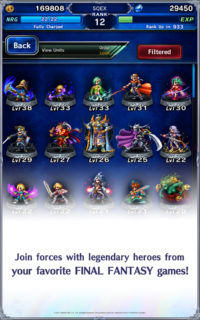 Even though Brave Exvius is an original game, elements and characters from the earlier titles appear in it, which attracts hardcore fans. Brave Exvius has also done crossover collaborations with other games in Japan to bring in more players. There are other surprises and promotional activities in preparation for the future, but Fujimoto could not reveal them yet.
Even though Brave Exvius is an original game, elements and characters from the earlier titles appear in it, which attracts hardcore fans. Brave Exvius has also done crossover collaborations with other games in Japan to bring in more players. There are other surprises and promotional activities in preparation for the future, but Fujimoto could not reveal them yet.
With Final Fantasy XV launching in November, we asked Fujimoto whether there would be any tie-ins with the console game. To which, he discussed how Brave Exvius features characters from Final Fantasy 1-6, 9, 11, 13 and 14. Although he couldn’t say when and which characters will be brought over from Final Fantasy XV, there was a good chance that some will make an appearance in the future. He just hasn’t decided yet.
Fujimoto also discussed the differences between the Japanese mobile gaming audience and the US one. He said that Japanese audiences tend to play the same games everyone else is playing, so the top ranks don’t really change. In contrast, US players will play what they want to play. As for spending on free-to-play games, he confirmed that Japanese gamers tend to play way more than the rest of the world, and therefore spend more.
When asked why he thought the Final Fantasy franchise was loved by millions of fans worldwide, Fujimoto said that one of the reasons is because the stories are very deep and dramatic. Also, there are many memorable and unique characters that players love. Fujimoto talked about how each entry in the franchise uses the latest technology for its time, so players are always in for a surprise when they play a new Final Fantasy game.



 Players must match cards depicting fresh ingredients like onion, jalapeños and brown rice but suffer time penalties should they choose an artificial ingredient. Those who play the game in the US or Canada will receive a buy-one-get-one offer via SMS text message and must provide a cell phone number and email address to redeem.
Players must match cards depicting fresh ingredients like onion, jalapeños and brown rice but suffer time penalties should they choose an artificial ingredient. Those who play the game in the US or Canada will receive a buy-one-get-one offer via SMS text message and must provide a cell phone number and email address to redeem.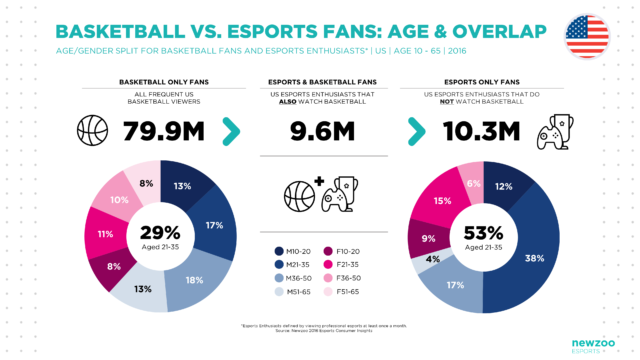

 In addition, friends’ Stories will now appear above Discovery channels, focusing more on personal experiences rather than marketing ones—similar to Facebook’s recent move to prioritize friends over publishers within its feed. For brands, this means a stronger need to create compelling messages on the popular social platform. In a
In addition, friends’ Stories will now appear above Discovery channels, focusing more on personal experiences rather than marketing ones—similar to Facebook’s recent move to prioritize friends over publishers within its feed. For brands, this means a stronger need to create compelling messages on the popular social platform. In a 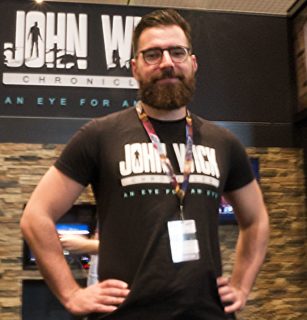
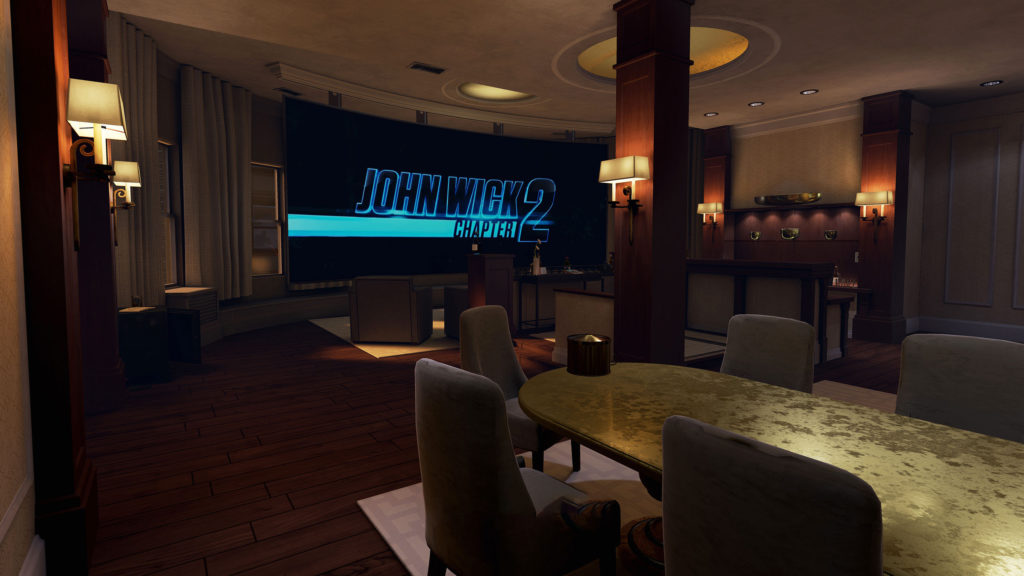
 As far as content, Listo explained that we’re still at the early phase of VR gaming, and how there were vast opportunities for video game developers to create unique content that can’t be experienced the same way without a headset. John Wick Chronicles is unlike any traditional first-person shooter. “That’s an unbelievable thing,” said Listo “and we’re just at the beginning of it. Give us another ten or twenty shots at making a game like this, and it’s going to be unbelievable—not saying that this game isn’t great already, but we’re just beginning, and that’s the cool thing about VR.”
As far as content, Listo explained that we’re still at the early phase of VR gaming, and how there were vast opportunities for video game developers to create unique content that can’t be experienced the same way without a headset. John Wick Chronicles is unlike any traditional first-person shooter. “That’s an unbelievable thing,” said Listo “and we’re just at the beginning of it. Give us another ten or twenty shots at making a game like this, and it’s going to be unbelievable—not saying that this game isn’t great already, but we’re just beginning, and that’s the cool thing about VR.”

